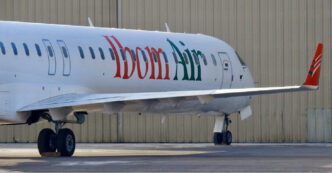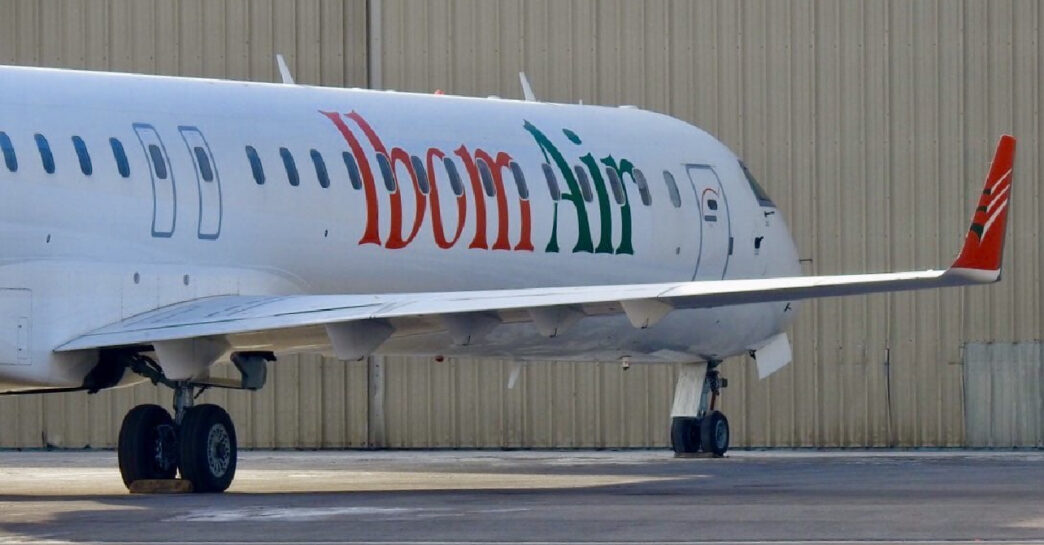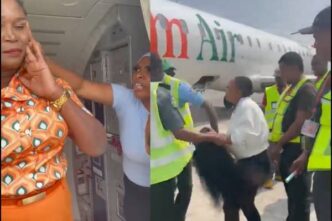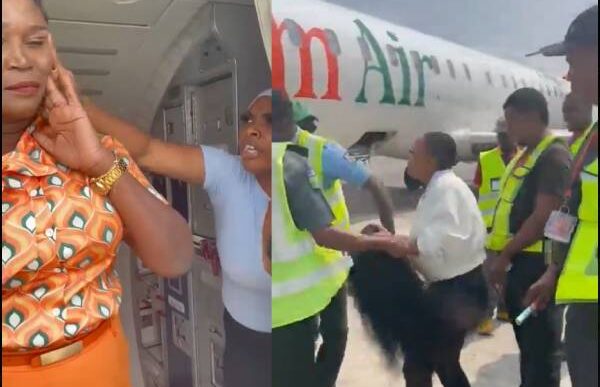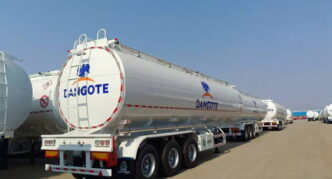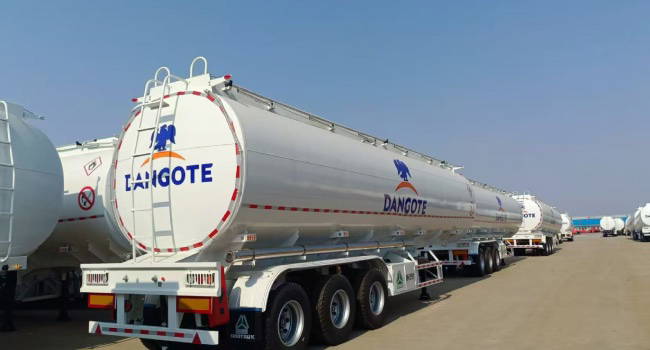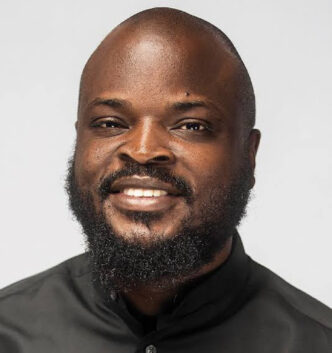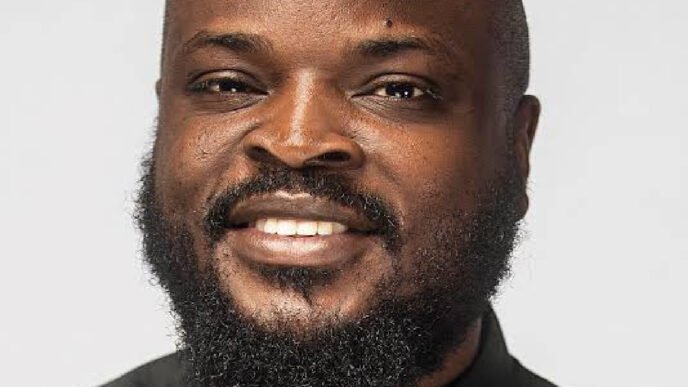The Nigerian Civil Aviation Authority (NCAA) has called on passengers aboard Ibom Air flight IAN513 from Uyo to Lagos to provide first-hand accounts of the recent onboard incident.
Gatekeepers News reports that the August 10 incident, which went viral on social media, involved a passenger identified as Comfort Emmanson assaulting flight attendants and confronting airport security officers.
Ibom Air said the altercation began before take-off when Emmanson allegedly refused to switch off her mobile phone in line with safety protocols.
Another passenger reportedly powered off the device, triggering a verbal outburst that later escalated into a physical confrontation upon arrival in Lagos.
The airline said the passenger’s actions endangered crew, passengers, and the aircraft. It has since banned her from all its flights, while the Airline Operators of Nigeria (AON) placed her on a lifetime “no-fly” list for domestic and international routes.
In a statement on Tuesday via X, Michael Achimugu, NCAA’s director of public affairs and consumer protection, urged witnesses to reach out via DM or email at michael.achimugu@ncaa.gov.ng. He stressed that the regulator is seeking other perspectives to ensure justice and accountability.
He said, “Once verified that you were actually a passenger on that flight, we can discuss and try to understand other perspectives to this issue.”
“In the interest of justice and fairness, it is necessary to hear both sides of the story.”
“Of course, this does not negate the exhibition of unruly behaviour and its ramifications, but it will ensure that every other person who was culpable down the line is held accountable.”
Achimugu revealed that NCAA officials will conduct a fact-finding mission in Lagos, working with police and other security agencies.
The NCAA official added that the incident presents an opportunity for airlines, passengers, and aviation security to improve response strategies.
He emphasised, “In aviation, it is safety first, safety second, and safety third.”

